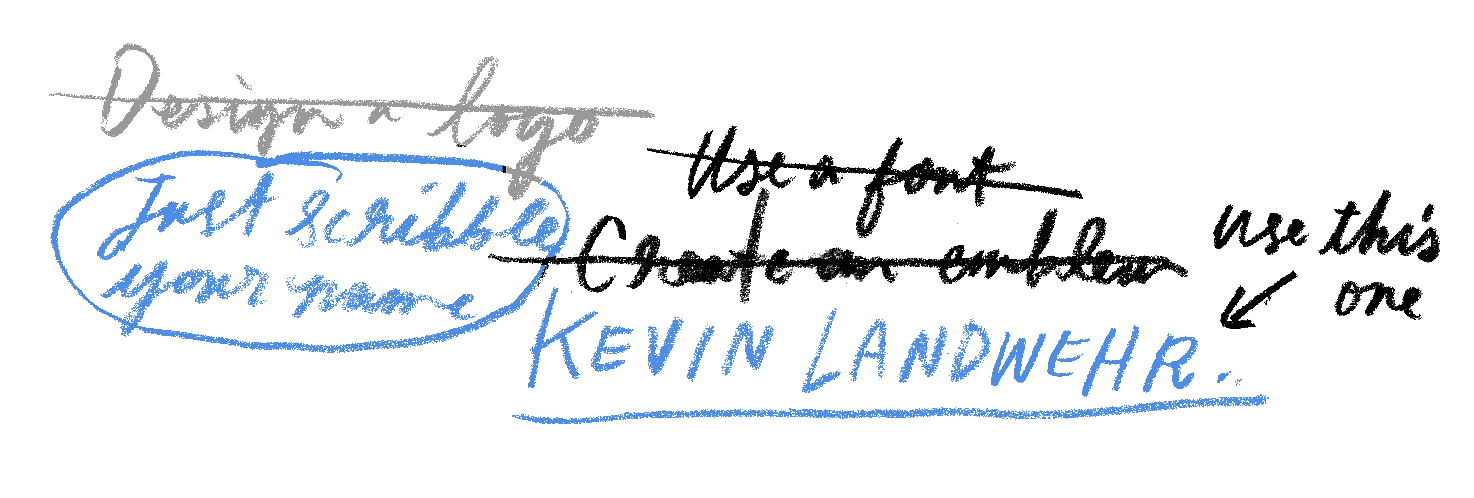XD: A practice any good designer should innately understand; consider everything, and design based on an understanding of the ways we experience our world.
It’s a crowded moment, isn’t it? What adds up to the everything we’re supposed to consider? The artist Mos Def sums it up well in his song, Life in Marvelous Times:
The D.S. & Durga Perfumers website, in development.
“And more and more and more and more
And more of less than ever before
It’s just too much more for your mind to absorb.”
All that ‘more’ is tech-driven, and thank the gods for that -- we need tech to sling Carpool Karaoke vids from our smart phones to our flatscreens.
Experience Design isn’t limited by technological experience though; it’s about ways to contribute meaning to our lives. When good ideas fail, they’re usually plagued by designers who fail to grasp XD.
Right now, design graduates are departing with their diplomas, having never grasped the advantages of Experience Design. That’s an easy one to decode; universities around the world are falling over themselves to attract students by keeping up with the speedy march of progress. Observation-based cultural studies have diminished in favor of broad marketing analytics, and kids leave unaware of what they lack, lost in metrics and lines of code, incapable of sharing with ordinary humans what makes that code so elegant.
I specialize in bridging the human/digital experience, in part through brand-integrated websites and apps. Often clients don’t have the same expectation of artistry in their digital space. Many want sparse, efficient communication and are willing to part ways with brand image in favor of brand efficiency, and showing them they can have both is rewarding.
The CIRQ Vineyards website merges responsive design with organic typography and vivid, earthy photo and videography.
The ultra-wonk tech hub of San Francisco doesn’t yet understand XD-driven solutions. From the top down, some leaders in the tech community look first for data-driven solutions, and worry a humanistic problem-solver mindset is a relic. Though examples of successful cohabitation abound, many simply feel humanism has evolved into something technical and ant-like.
Great companies separate themselves from the pack by designing for the sake of the consumer experience. The great graphic yawns that create similarities among food-delivery apps like Caviar, Sprig, Munchery and SpoonRocket may profit from market identity, but they’ll gain little in the form of customer connection. In the end, profitable tech experiences are those that enhance the human experience.
There’s great opportunity there, if you work to seize it.
UX/UI and opportunities far beyond web are best led by XD thought processes. Thought leadership doesn't come from identifying with technology; it’s all of the things -- behavior, stance, image, tone, approach, confidence and connectedness.
You hire a wonk, you get nerd UX. You hire someone with broad cultural knowledge, you get people UX.
Relatability & relationship building, whether driven by data, insight or hunch, is what makes it all work. Understand the feelings and desires of the customer? Sure. First though, understand yourself. That’s how we develop the emotional content customers have come to expect.
It’s fine to sweat, to sweat is human.
Just remember: Don’t sweat the tech -- sweat the technique.
-KL
